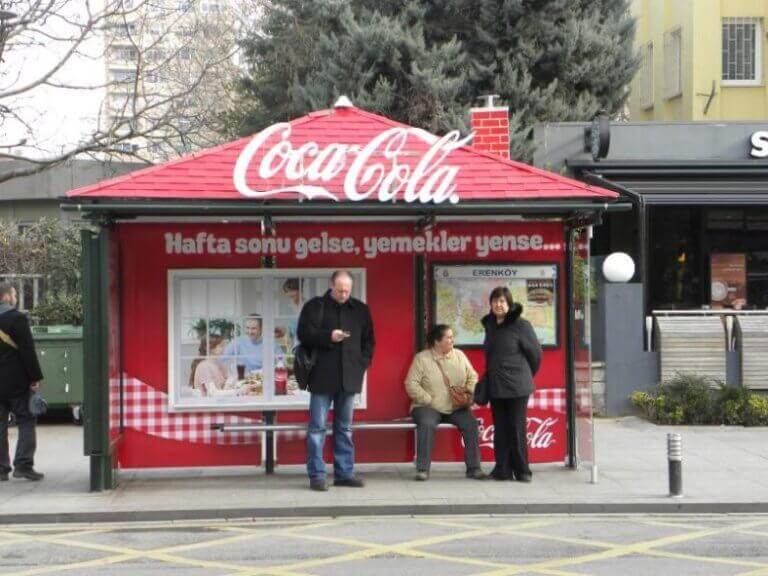
When planning and choosing an advertising outlet that best conveys a marketing message while connecting with the right target audience, it’s important to understand which has the most effective outcome. According to Magna and Rapport’s latest OOH report, OOH advertising is the only traditional medium that has been growing ad sales over the last ten years with the predicted risen revenue by 3%-4% per year within the next five years. By 2021, OOH advertising is expected to reach about $33 billion USD. It’s obvious that clients and advertisers are putting their dollars into this medium, but why in fact are they doing this? What does OOH have to offer that other mediums lack? Why is OOH the answer to a lot of problems? This article will go into detail explaining the power of OOH advertising and how it has completely changed the game of advertising to valuable people, as well as seek to unlock the approaches out-of-home takes to better connect audiences.
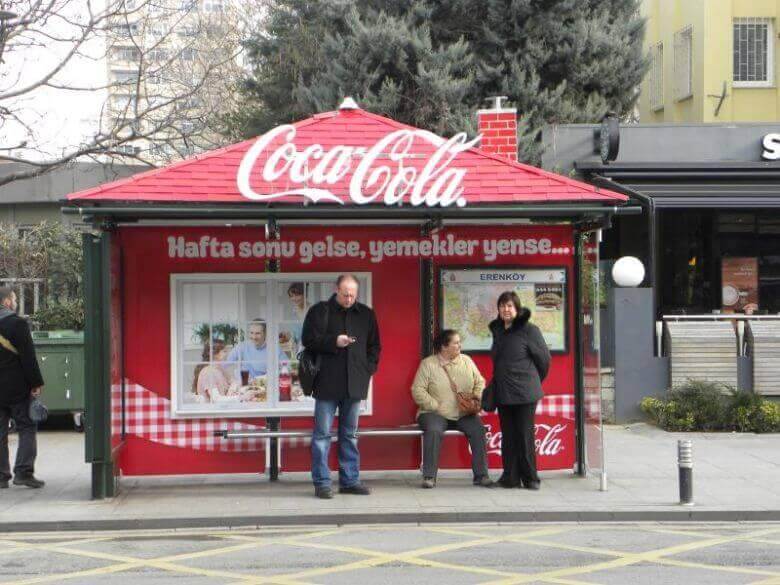
OOH Has a Unique, Localized Voice
Unlike other advertising mediums, such as commercials on television or social media ads bombarding someone into buying a piece from an online retailer, OOH advertisements have the uncommon ability to speak to a consumer on a local level. In saying this, we’re talking about well-targeted campaigns that are hyper-localized and interested in being a friend, a confidant to a passerby already immersed in the culture of their land. When someone’s in the big city, they should expect to see advertisements that tap into their mindset, their day-to-day activities, and their daily travel journey.
For example, the delivery service “Postmates” launched an OOH billboard campaign in NYC that used the “We Get It” tagline to connect with New Yorkers on the run. Postmates saw that New Yorkers didn’t want just any hamburger ordered for delivery; they wanted a specific burger from their favorite local restaurant although vegan food seemed to be a popular search word in their area. With this insight in mind, Postmates created billboards that resonated with the ordinary delivery-ordering consumer and their search dilemmas. This awareness-level marketing grew their already mature brand by making people love the service again.
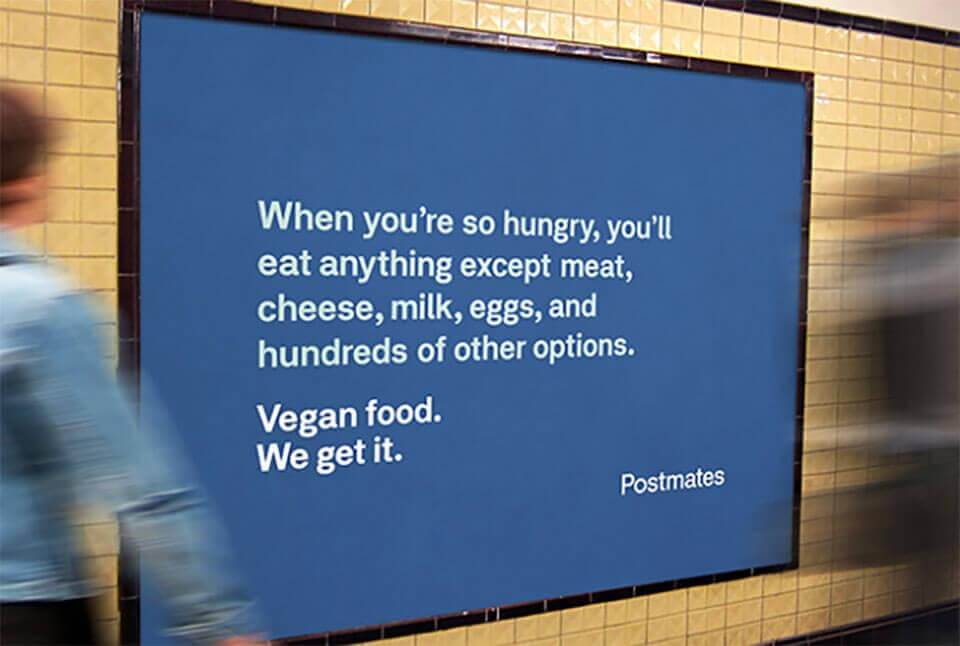
OOH Creates Amazing Brand Awareness
For brands both fresh and mature, outdoor billboard advertising starts conversations among people that wouldn’t have existed without the presence of a brand in a familiar environment. A billboard viewed once may have very little impact on the observer, but an OOH that meets the eyes of a mass crowd onlooking the same billboard for days, weeks, and months ultimately has a powerful standing. It can encourage people to look into the brand more, and share the message around. Brand engagement purposefully stems from this level of brand awareness. Subconsciously, the OOH message creates trust and authority in an audience-based environment. When the time comes for a decision to be made about a brand, people are more likely to remember the outdoor exposed brand as the first and best that came to mind.
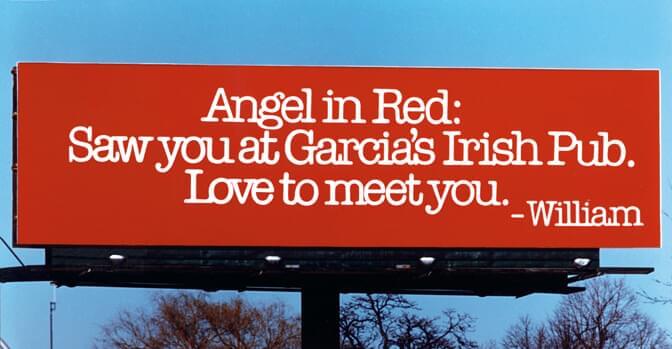
OOH Strengthens Sales Activation and Brand Building
Sales activation takes place when OOH advertisements are laid out in our world by targeting people looking to purchase immediately or triggering their purchasing behavior. For example, outdoor signage displayed seconds away from a little-known store sale can effectively encourage shoppers to take part in that in-store experience, and effectively put that store and its legacy on the map. Brand building has to do with reaching out to people who aren’t yet certain on purchasing by educating them about the brand’s unique selling points or differentiation in the market. This can be done through OOH by outlining key factors about the brand in the form of a slogan, tagline, or memorable visual concept. Sales activation and brand building work hand-in-hand to create a better marketable experience for the brand and its future line of clients, and the OOH platform gives these two factors a sturdy ground.
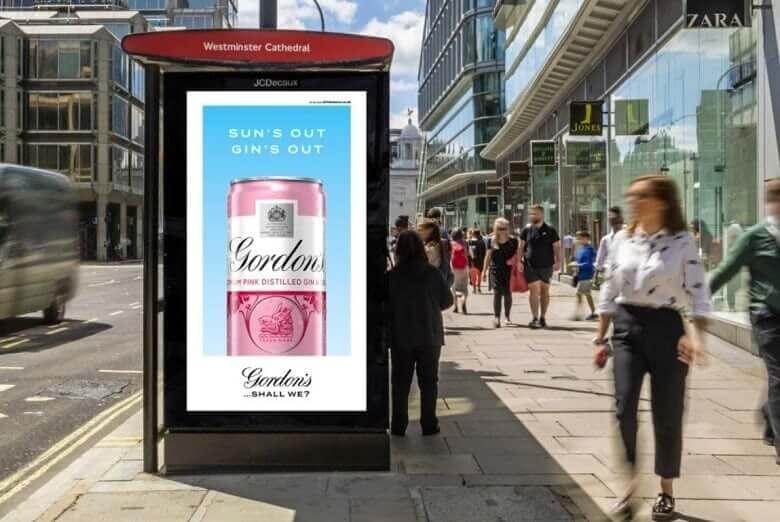
OOH Incorporates Transit Advertising Strengths
Transit advertising is a very successful branch of outdoor advertising that grabs at the most impressionable of audiences. Taking the form of bus shelters, streetcar decals, interior and exterior displays, station domination, and all else transit oriented, these advertisements elicit commuters to take small forms of action through conveniently placed messages. According to the Canadian Out of Home Marketing and Measurement Bureau (COMMB), the power of OOH transit advertising is at the forefront of effective OOH opportunities.
For example, it’s discovered that transit riders spend over an hour commuting a day, so many ad opportunities can interact with them during these off-duty business hours. 1 in 4 Canadians use the transit system on a weekly basis, with higher rates in urban areas. 25% of Canadians are overall transit users, and 38% in urban areas. OOH transit advertising reaches a broad segment of the population, with the majority of people being young adults with university degrees. Looking at these characteristics, it’s easy to see how high OOH effectiveness can be partly thanks to this platform.
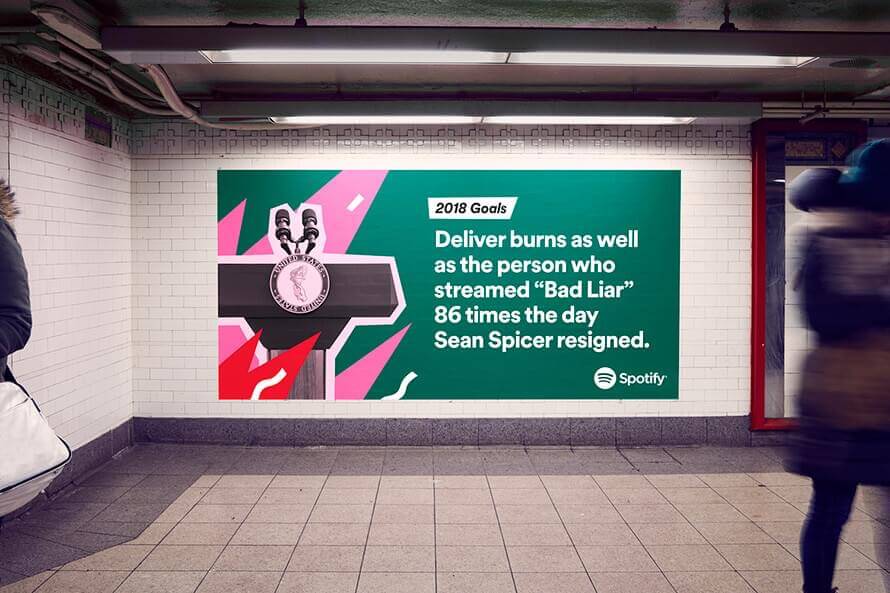
As an extension to what was mentioned above, outdoor advertising strengths in general are blooming each and every year. Bringing it back to results laid out by COMMB, there is a weekly reach of 81% of people ages 5+, with the ability to target different audiences based on socio-demographic data and spending habits. COMMB also stated that consumers are 33% more alert when outside their homes which inevitably leads to a meaningful and long-lasting brand impression.
OOH is Year Round
According to Mediacom (OUTFRONT) and the University of Alberta, a conducted analysis of over 300 OOH ad campaigns showed that awareness levels of OOH aren’t very different throughout the year, meaning their effectiveness isn’t dependent on the season or time of year the campaign is launched in. This makes OOH effective because it proves that no matter the time frame, or seasonal change, an OOH advertising campaign will be felt among people in outdoor spaces. No matter summer, fall, winter, or spring, an OOH ad campaign will be made aware of.
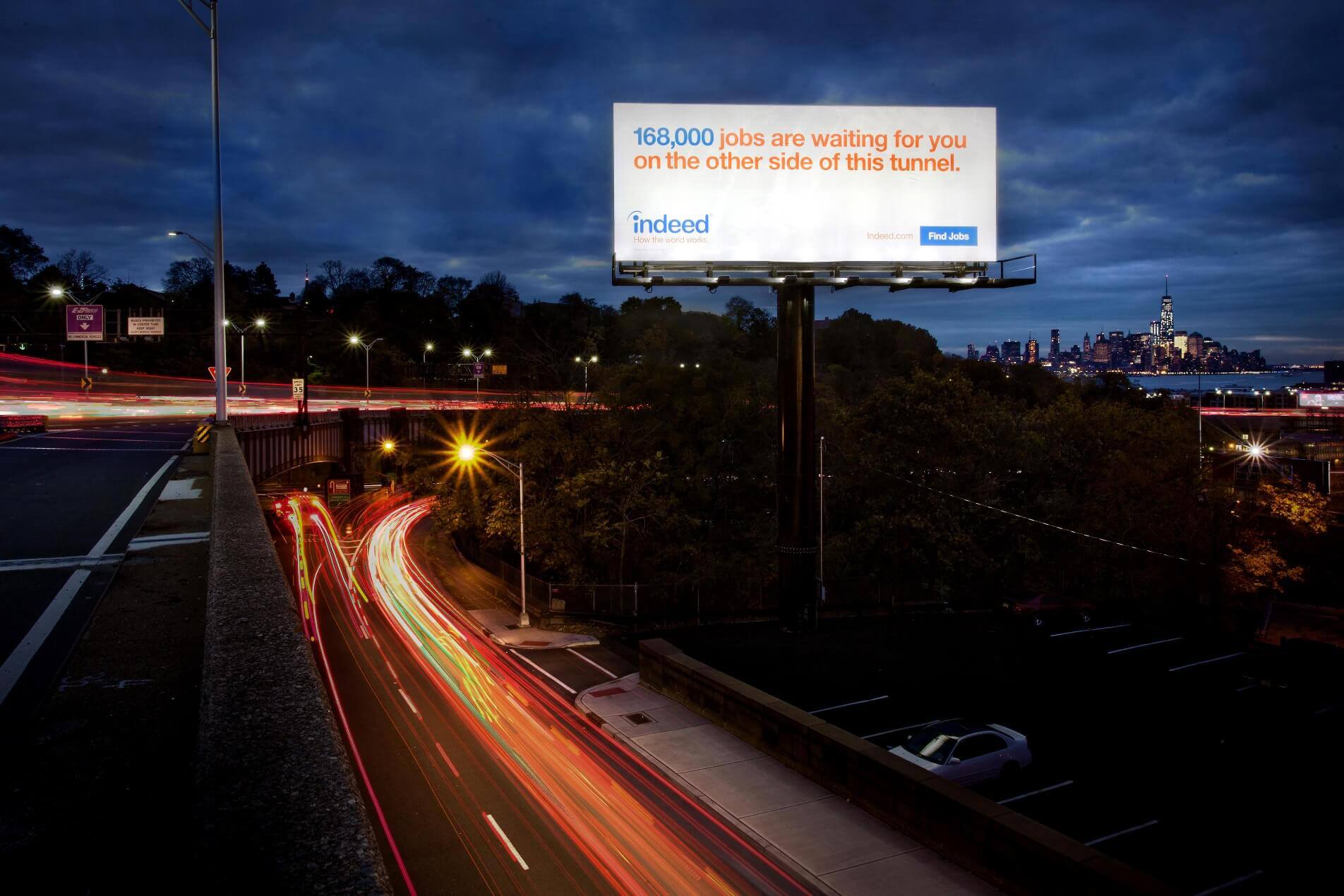
OOH Includes Custom Triggers
Something we haven’t quite touched on in this article yet is the importance of custom triggers incorporated into digital OOH advertisements. More dynamic creative and custom triggers can take a static OOH campaign into a more influential and hyperbolic message that’s retained in a consumer’s mind. Custom triggers are making OOH advertisements more scalable and less experimental, meaning many marketers and advertisers now have the opportunity to create one without worry it won’t take off or be a one-time fluke.
For example, advertisers can customize the creative of an OOH ad based on the speed of traffic that moves past a digital billboard. If traffic is moving at a steady and consistent pace, drivers may only have time to read a few words on a billboard. If traffic is at a bit of a standstill, drivers are more likely to take more time to read many more words on that digital billboard. In this way, messaging and creative can be better adjusted during different points in the day to better capture a consumer’s visual interest.
OOH Data Improves Future Measurement
Metrics that were once only associated with digital channels can now be accessed by the OOH industry. Brands have the privilege to see who has been exposed to an ad campaign on a digital OOH billboard and also track that consumer behavior after they’ve left the scene of the advertisement. Marketers now know what consumers passed OOH ads and whether or not that message lead to a purchase decision. This is made possible through data collected from connected cars that fell under geofencing technologies through a consumer’s mobile device. Marketers can now perform more appropriate market segmentation and targeting of the best audiences for that OOH ad. OOH advertising becomes super effective here because it pairs well with current technological advances and mobile retargeting strategies.
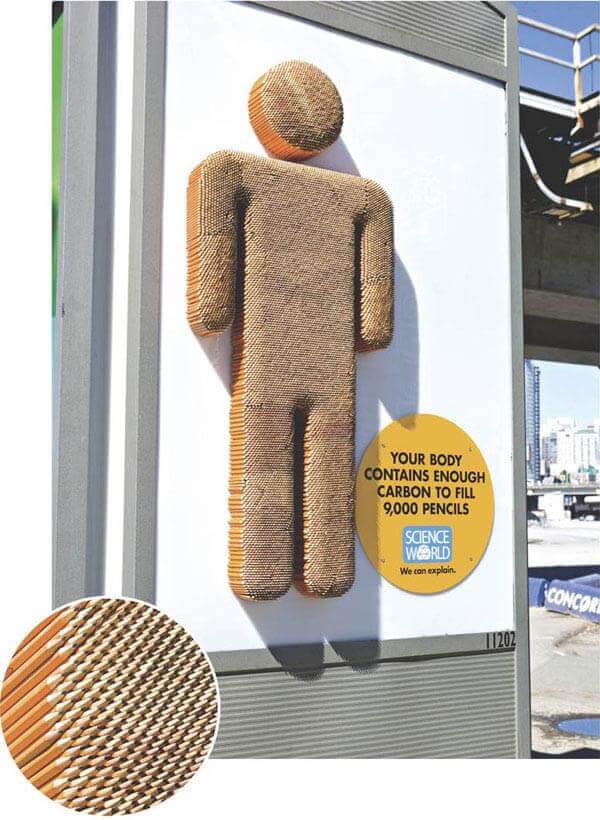
OOH Advantages Over Social Media Advertising
Social media advertising has its cuteness, but the dawning of OOH looks glorious. For example, real world advertising in OOH doesn’t deliver fraudulent, virus-infused advertisements steering a consumer away from their trust. OOH is super high-frequency, with high exposure to traffic and crowds of people. Ultimately, OOH advertising reaches more than 90% of the population– pretty much everyone stepping outside their house in a moderately populous neighborhood with businesses around. OOH makes its way onto social media through shared coverage and photos; social media advertising, however, doesn’t seep into OOH executions. The geographic targeting is unmatched in OOH, because the advertised message can be selected right down to longitude and latitude, region, and outdoor behavior.
After close examination of the benefits and useful qualities of OOH advertising, it’s clear that this medium is extremely effective in growing brands while aligning well with a futuristic and technological community. We hope you consider using OOH advertising in your next business venture as the opportunities are desirably infinite.


